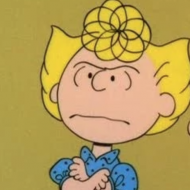In the November 21, 2011, issue of the magazine, Lauren Collins wrote about Lucy Worsley, the chief curator at Historic Royal Palaces, which runs the Tower of London, Kensington Palace, Hampton Court Palace, Kew Palace, and the Banqueting House at Whitehall. “In a land of ponderous dons who go by their initials, Dr. Lucy, a thirty-seven-year-old bluestocking with a barrette, has caused a sensation,” Collins wrote. “She is an unembarrassed disciple of a school of history known as experimental archeology—or as she calls it, ‘dressing up and trying things out’—which uses artifacts to channel the physical experience of everyday life in another era.” In the line of duty, Worsley has made a Victorian bed (it took half an hour), roasted all manner of animals, waded through nineteenth-century sewers, trained a dog to turn a roasting spit, and tested urine as a stain remover.
Worsley’s most recent project is the book/BBC television series “If Walls Could Talk: An Intimate History of the Home,” which focusses on the four rooms—bedroom, bathroom, living room, and kitchen—that lend to an understanding of both British history and the evolution of its culture. Worsley recently took the time to answer some questions on British homes and their histories; an edited version of the exchange appears at newyorker.com.
